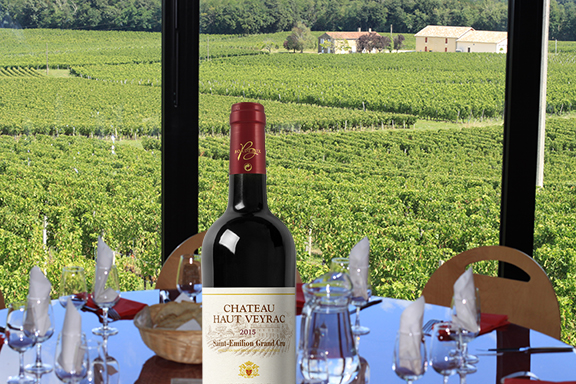What is a Cru?
Varying levels of usage of the french word cru can cause a great deal of confusion when purchasing wine. The true meaning of cru is growth and it used primarily in classifications of French wine. The confusion arises from the differences in these classification systems by region.

Let's start in Bordeaux, one of regions. To try and simplify this Bordeaux into two. The Right home to the best vineyard sites Sauvignon. In 1855, Emperor classification of the best This report was used to price the Universal Exposition in Paris. First to Fifth Growths (Crus). Grand Cru (Great Growth) in this five Chateau to carry Premier
France's most important fine wine subject, we are just going to divide and Left Banks. The Left Bank is suited for growing Cabernet Napoleon III commissioned the properties for growing Cabernet. wines to the rest of the world at the All the Châteaux were ranked from Interestingly, there is no Grand Cru particular system and there are only Cru status.
When we move over to the Right Bank, which is predominantly Merlot and blended mostly with a smaller percentage of Cabernet Franc, these communities were not included in the 1855 classification. So, in 1954 St-Émilion created its own three-tier ranking of their Châteaux. The difference in this classification system that it is a peer-reviewed tasting of the wines and is held every ten years. The three tiers are Grand Cru Classés A (of which there are only 4 châteaux), Grand Cru Classés B (of which there are 14) and Grand Cru Classés (of which there are 64). To make matters more confusing, wineries in St-Émilion may put Grand Cru on their label if the wines undergo a longer élevage and show an additional 5% of alcohol by volume. Élevage is the time between fermentation and bottling.

Unlike the Cháteaux or property owners of Bordeaux holding the status, in Burgundy, it is the vineyards which hold the status. Grand Cru wines must represent a single vineyard site and hold the highest status, as well as, command the highest prices. Premier Crus (1er Cru) are vineyards singled out because of their potential to produce high quality wines. They are held to incredibly strict standards. Because there may be several wineries owning parcels of a particular vineyard, you can find Premier Cru or Grand Cru wine of a particular vineyard from several different producers. It is considered a monopole when one producer owns the entire vineyard. The rest of Burgundy's hierarchy is Village Level, where the name of the village may be placed on the label and Bourgogne.
Alsace uses the same system as Burgundy. Beaujolais, which is technically part of Burgundy, actually applies the cru system to entire villages. There are 10 Cru Villages. Champagne also uses the villages method and this is used for the farmers to set their prices.
The Cru level of a wine will definitely impact the price. As for whether you perceive the value, this is entirely based upon your pocket book/wallet and your tastes.

